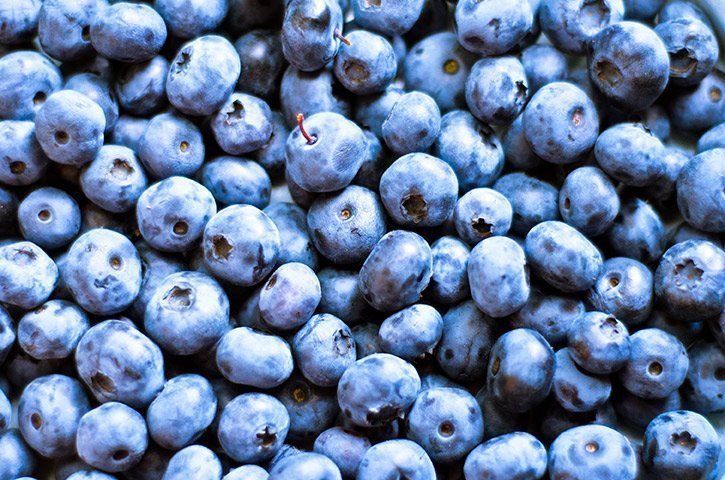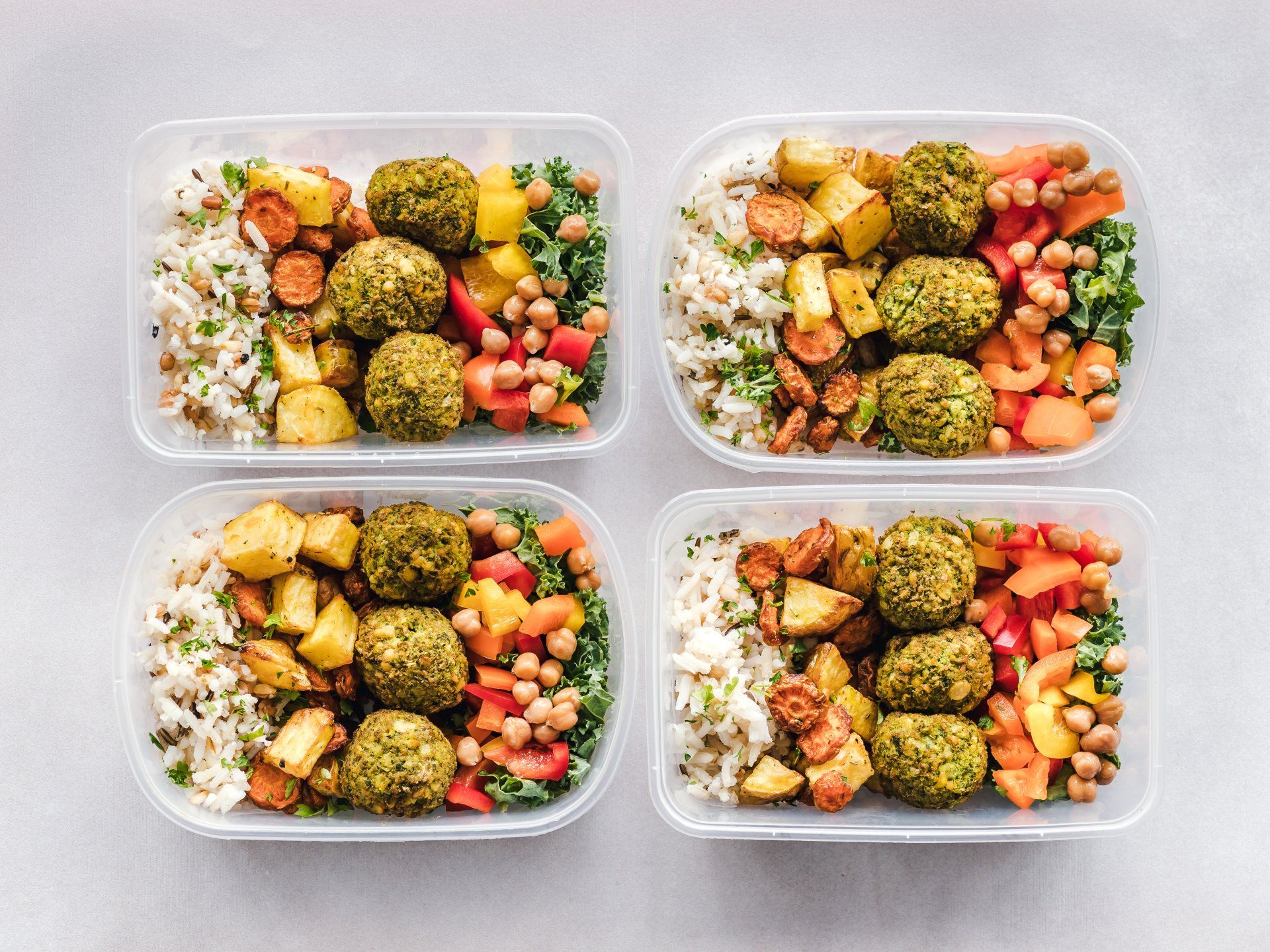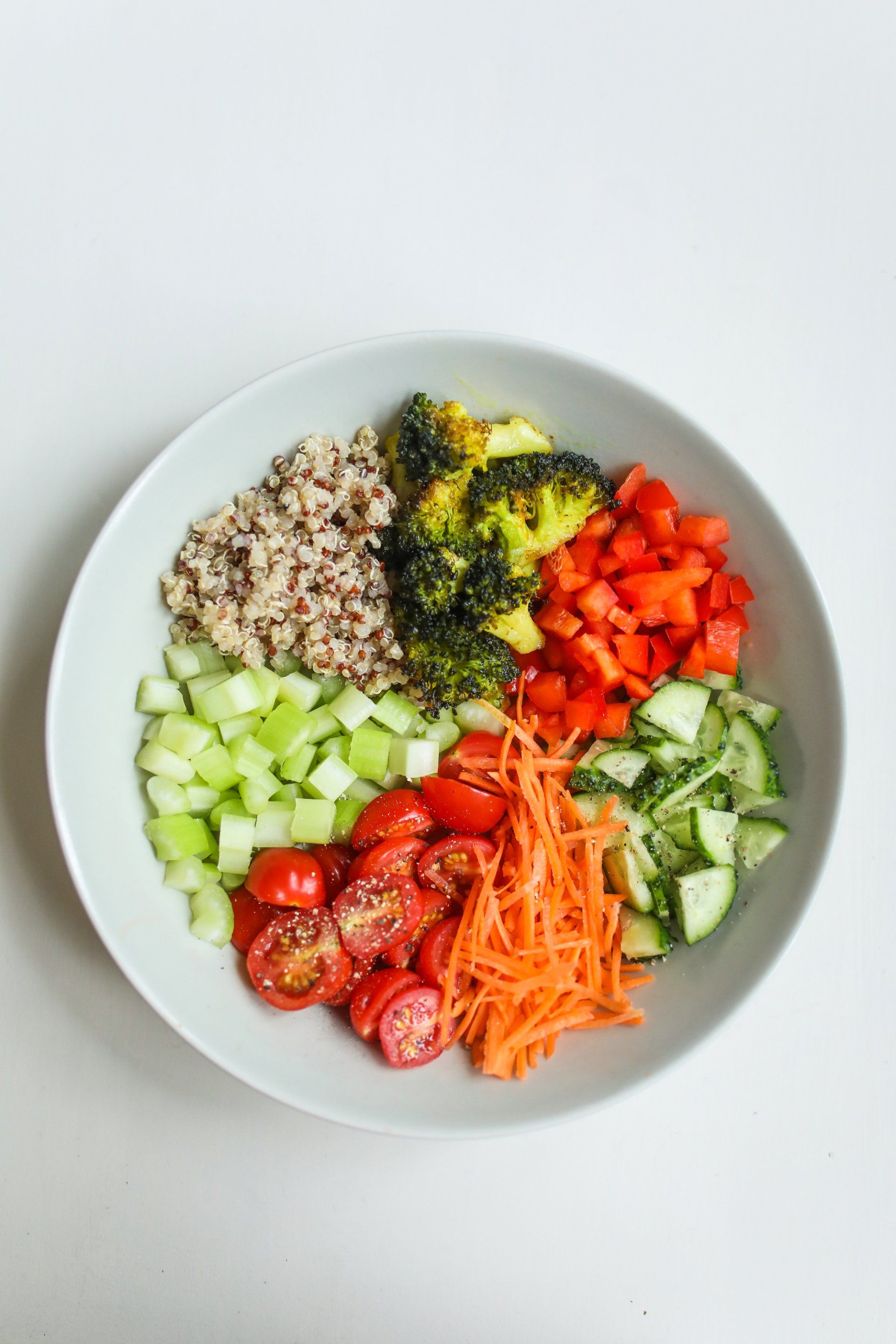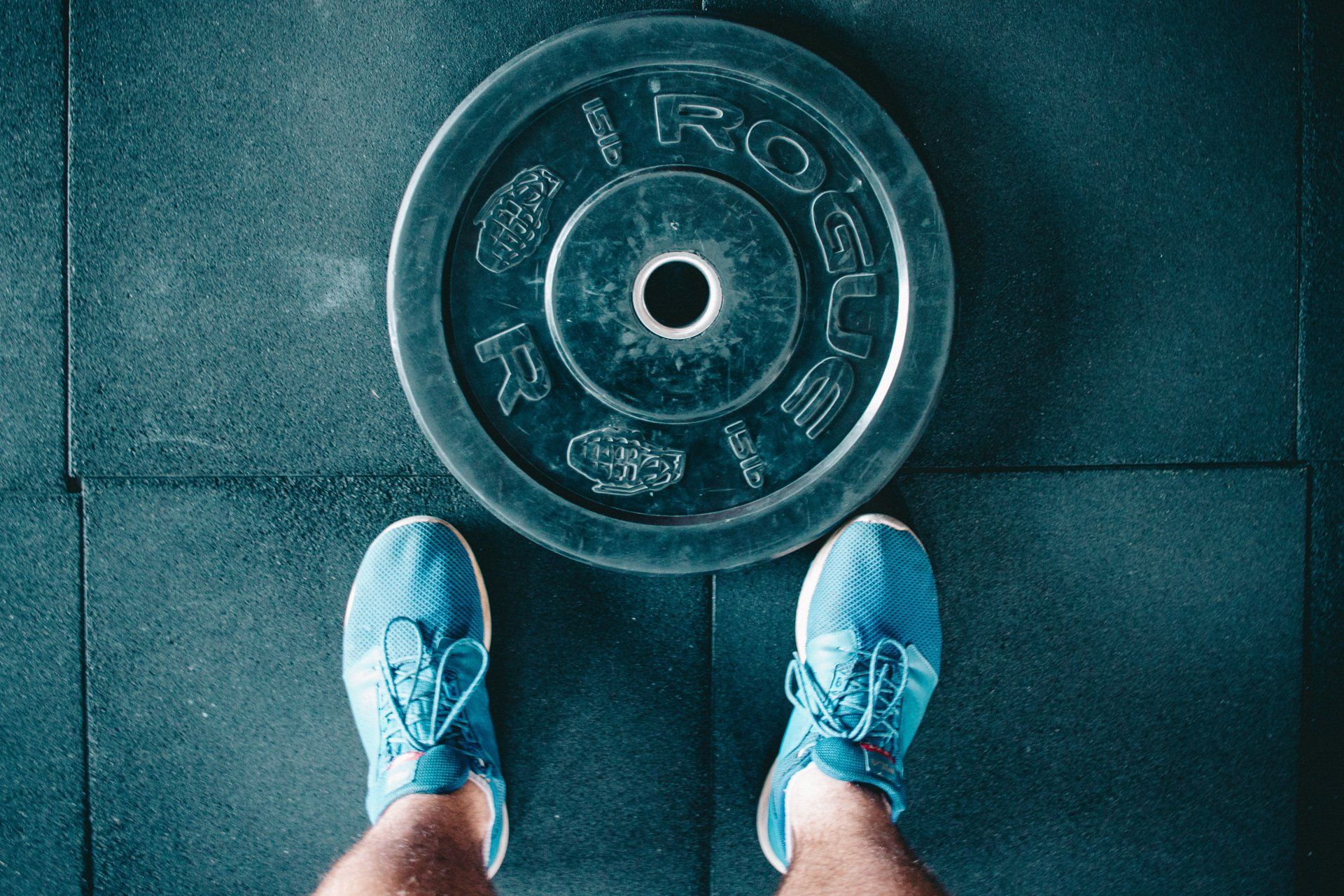The Hazards of Weight Cutting for Combat Athletes
Dieting and weight cutting for a fight have been ingrained in the tradition of combat sports for decades. When weight classes first emerged in 19th-century boxing, athletes immediately sought to gain an advantage over their opponents by engaging in weight-cutting practices, including sweating and dehydration.
Today, virtually all fighters cut weight to avoid being disadvantaged by being lighter than their opponents. Athletes experiment with various techniques for weight management, including dieting, dehydration protocols, and sweating protocols. However, if not executed properly, these techniques can prove detrimental to an athlete's performance and, in extreme cases, may even lead to life-threatening consequences.
Fortunately, some fighters and their coaching staff have made significant progress in learning how to diet and cut weight safely. Unfortunately, this is not universally true for all fighters, especially at the amateur levels where unsafe weight loss practices persist.
This guide aims to shed light on the risks athletes face when undertaking fast and drastic weight loss protocols. In a subsequent post, we will discuss how a fight camp's weight loss should be approached.
Dieting Protocol in Combat Sports:
Most MMA, kickboxing, and boxing fighters engage in 4 to 8-week fight camps to prepare for a bout. During these camps, athletes focus on their game plan, technique, and physical conditioning. Simultaneously, they adhere to a dieting protocol to shed weight progressively throughout the camp, aiming to reach the required weight one week before the fight, when water cutting typically begins.
However, many athletes commence their fight camp with unfavourable body compositions and excess weight. Additionally, fighters often delay the start of their dieting protocol, leading to the necessity of crash diets to achieve rapid weight loss. Frequently, they struggle to lose enough weight and end up weighing more than anticipated at fight week, compelling them to undertake even more aggressive water cutting measures.
Athletes and coaching staff may not realise that losing weight too quickly can significantly impair a fighter's performance and health. Rapid weight loss, defined as losing more than 1% of body weight per week, can require severe calorie deficits. This substantial deficit places tremendous stress on the body, resulting in potentially negative consequences.
Here is a list of the potential consequences of rapid weight loss:
- Muscle Loss - Caloric restriction above a certain threshold prompts the body to break down muscles to convert amino acids into glucose, fuelling the brain
- Micronutrient Deficiencies - Reduced food intake, coupled with increased needs from intense training, leads to micronutrient deficiencies during crash diets.
- Hormonal Dysfunction - Zinc, vitamin D, magnesium, omega-3 fatty acids, and fats are essential for hormone production. Drastic calorie restriction results in inadequate intake of these nutrients, leading to insufficient hormone production.
- Sleep Disturbance - Caloric deprivation can trigger a "starvation" mode where the body prevents sleep due to hunger and other diet-related issues.
- Increased Fatigue - Depriving the body of energy results in heightened mental and physical fatigue.
- Increased Stress - Both dieting and the aforementioned factors contribute to heightened stress levels.
- Increased Risk of Injuries - Inadequate recovery from training and accumulated fatigue increase the risk of injuries.
- Decreased Performance - Insufficient fuel for training, coupled with diet fatigue, leads to a drop in performance.
It's crucial to note that these consequences are interconnected, and the emergence of one issue often triggers the others. A reasonable dieting protocol should aim for a 0.5% to 1% body weight loss per week, equivalent to 0.25 to 1 kg of body fat lost weekly. This approach ensures a more gradual and sustainable weight loss, minimising the negative impact on the athlete's overall health and performance.
Water cutting
Water cutting is the process of depleting the body’s water content to make weight without further reducing body fat. This technique is employed during fight week in the days leading up to competition. To execute water cutting, fighters employ various methods, including sweating, saunas, hot baths, hot towel wrapping, reduced water intake, sodium manipulation, and water loading. While water cutting is a valuable tool for shedding the final few kilograms, it is often misused to lose unreasonable amounts of weight.
In fact, some fighters lose more than 10% of their overall body weight in body water, a level deemed "life-threatening" dehydration by the World Health Organisation.
Fighters may perceive water cutting as a challenging but temporary phase, anticipating that they can rehydrate and refuel post-cut. However, even if they succeed in doing so, the consequences of severe dehydration can persist. Here is a list of the potential consequences of severe dehydration through water cutting
- Electrolyte Imbalance - excessive sweating leads to the loss of essential electrolytes like sodium, potassium, and chloride, resulting in muscle cramps, weakness, and disturbances in nerve function.
- Increased Risk of Injury - Dehydration impairs joint lubrication, elevating the risk of injuries as muscles and joints may not function optimally, making athletes more susceptible to strains, sprains, and other injuries.
- Impaired Thermoregulation - Dehydration disrupts the body's ability to regulate temperature, increasing the risk of overheating (heat stress) during physical activity, particularly in high-temperature environments
- Impaired Cognitive Functions - Dehydration affects cognitive functions, including concentration, decision-making, and reaction time—a critical concern in combat sports where split-second decisions are crucial.
- Cardiovascular Strain - Extreme water cutting stresses the cardiovascular system, requiring the heart to work harder to pump a reduced volume of blood, potentially resulting in elevated heart rate and blood pressure.
- Organ Strain - Dehydration strains vital organs, such as the kidneys. Prolonged or severe dehydration may contribute to kidney dysfunction and other organ-related issues.
- Impaired Performance - Dehydration leads to a decline in athletic performance, with reduced blood volume and compromised circulation causing fatigue, dizziness, and decreased endurance—negatively impacting a fighter's ability to perform at their best.
When fighters decide to compete and put their bodies and physical health at risk, it is crucial to ensure that every aspect of their fight camp is carefully handled by professionals who understand the physiology and risks associated with certain practices. By ensuring that fighters lose weight safely, we guarantee that they enter the ring or the cage at their maximum capacity, ready to give their best during their fight.
References
Barley, O. R., Chapman, D. W., & Abbiss, C. R. (2019). The Current State of Weight-Cutting in Combat Sports-Weight-Cutting in Combat Sports. Sports (Basel, Switzerland), 7(5), 123. https://doi.org/10.3390/sports7050123
Lakicevic, N., Mani, D., Paoli, A. et al. (2021). Weight cycling in combat sports: revisiting 25 years of scientific evidence. BMC Sports Sci Med Rehabil 13, 154. https://doi.org/10.1186/s13102-021-00381-2
UFC Performance Institute. (2021) A cross-sectional performance of the ufc and projection analysis athlete. https://ufc-pi.webflow.io/





